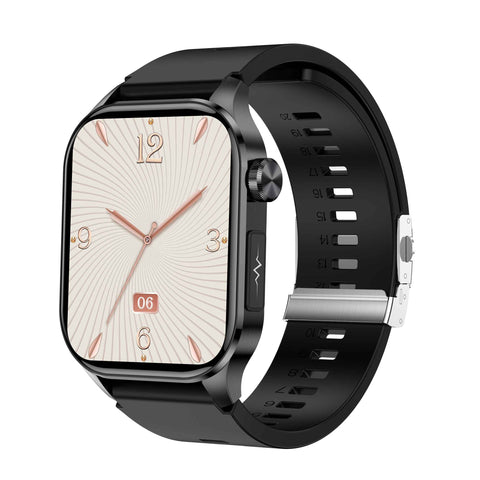How to Choose the Perfect Cutting Board for Your Kitchen
Choosing the right cutting board may seem like a simple task, but it's an essential decision that can impact the longevity of your knives, food safety, and overall cooking experience. With a myriad of options available on the market, from wood to plastic to bamboo, selecting the perfect cutting board can feel overwhelming.
1. Material Matters:
The material of your cutting board plays a significant role in its durability, knife-friendliness, and maintenance requirements. Here are some common options to consider:
-
Wood: Wood cutting boards are a classic choice prized for their natural beauty, knife-friendly surface, and durability. They are less likely to dull knives compared to harder materials like glass or stone. However, wood cutting boards require regular maintenance to prevent warping, cracking, and bacterial growth. Look for boards made from hardwoods like maple, walnut, or cherry, which are dense and resistant to moisture.
-
Plastic: Plastic cutting boards are affordable, lightweight, and dishwasher-safe, making them a convenient option for everyday use. They come in a variety of colors and sizes, making it easy to designate specific boards for different types of food to prevent cross-contamination. However, plastic cutting boards are prone to knife marks and may need to be replaced more frequently than wood or bamboo boards.
-
Bamboo: Bamboo cutting boards are a sustainable and eco-friendly alternative to traditional wood boards. Bamboo is a fast-growing renewable resource that is naturally resistant to moisture and bacteria. Bamboo cutting boards are durable, knife-friendly, and relatively low-maintenance. However, like wood boards, they may require occasional oiling to prevent drying out and cracking.
2. Size and Thickness:
Consider the size and thickness of the cutting board based on your cooking habits and available countertop space. A larger cutting board provides more surface area for chopping and food preparation, while a smaller board may be more suitable for limited counter space or smaller kitchens. Opt for a thickness that offers stability and durability without being too bulky or cumbersome to handle.
3. Maintenance and Care:
Proper maintenance and care are essential for prolonging the life of your cutting board and ensuring food safety. Here are some tips for maintaining your cutting board:
-
Regular Cleaning: Wash your cutting board with hot, soapy water after each use to remove food particles and bacteria. Avoid soaking wood cutting boards, as prolonged exposure to water can cause warping and splitting.
-
Sanitization: Periodically sanitize your cutting board by spraying it with a solution of vinegar and water or using a diluted bleach solution. Allow the board to air dry completely before storing it.
-
Oil Treatment: Apply food-grade mineral oil or cutting board oil to wood and bamboo cutting boards regularly to condition the wood and prevent drying out. Apply a thin layer of oil to the board, allow it to soak in for several hours or overnight, then wipe off any excess oil with a clean cloth.
-
Avoid Cross-Contamination: Use separate cutting boards for raw meat, poultry, seafood, fruits, and vegetables to prevent cross-contamination and reduce the risk of foodborne illness.
4. Specialty Features:
Consider any additional features or functionalities that may enhance your cutting board experience, such as:
-
Juice Grooves: Some cutting boards feature juice grooves around the perimeter to catch excess liquids and prevent messes on the countertop.
-
Non-Slip Grips: Look for cutting boards with non-slip grips or feet to provide stability and prevent sliding during use.
-
Reversible Design: Choose a reversible cutting board with different cutting surfaces on each side, allowing you to use one side for raw meats and the other for fruits and vegetables.
5. Budget Considerations:
Finally, consider your budget when choosing a cutting board. While high-quality wood and bamboo boards may be more expensive upfront, they often offer superior durability and longevity compared to cheaper plastic alternatives. Invest in a cutting board that meets your needs and preferences while staying within your budget.
Choosing the right cutting board is an essential step in creating a functional and efficient kitchen space. Consider factors such as material, size, thickness, maintenance requirements, and budget when selecting a cutting board that suits your cooking style and preferences. With the perfect cutting board by your side, you'll be well-equipped to tackle any culinary challenge with ease and precision.










